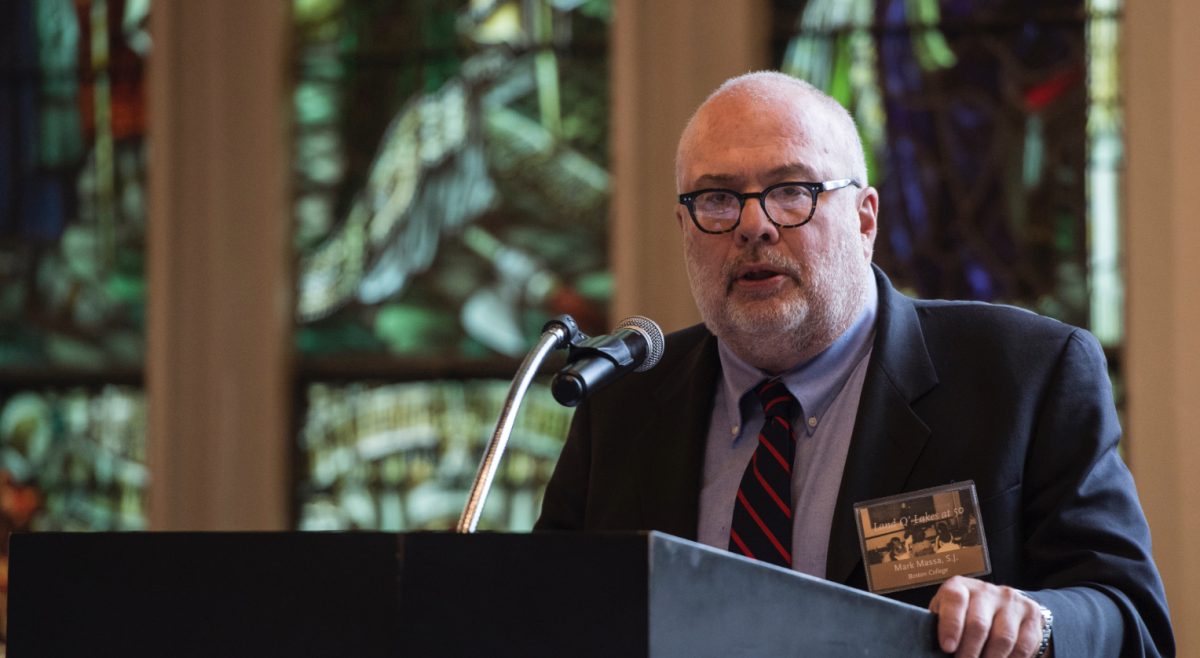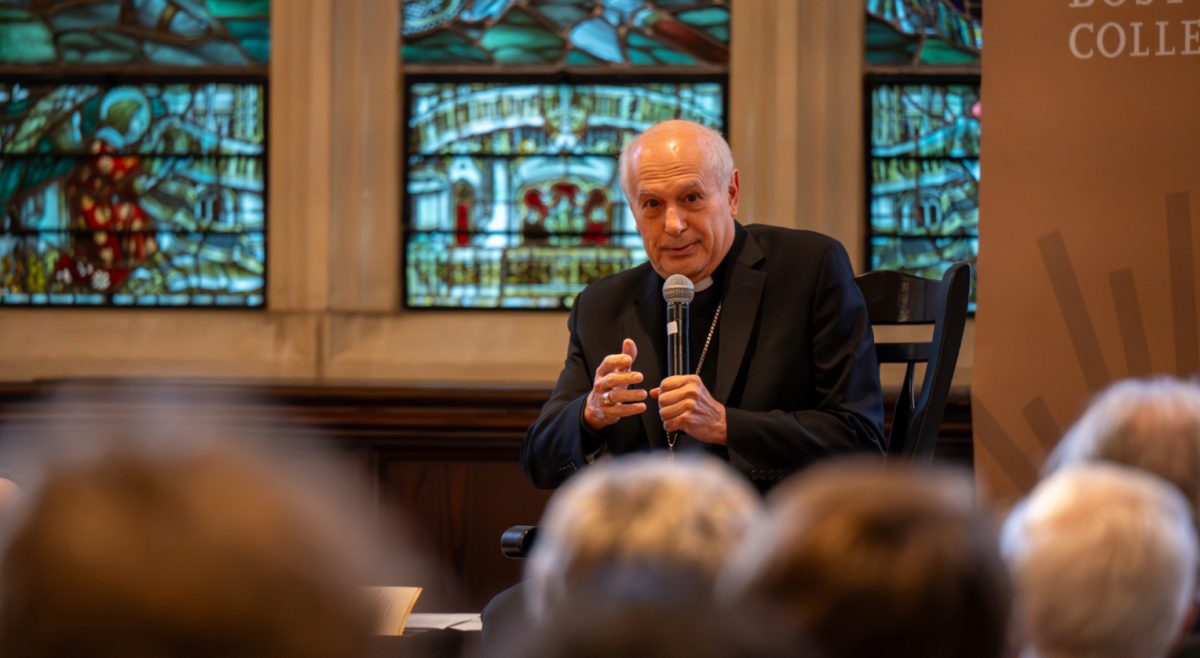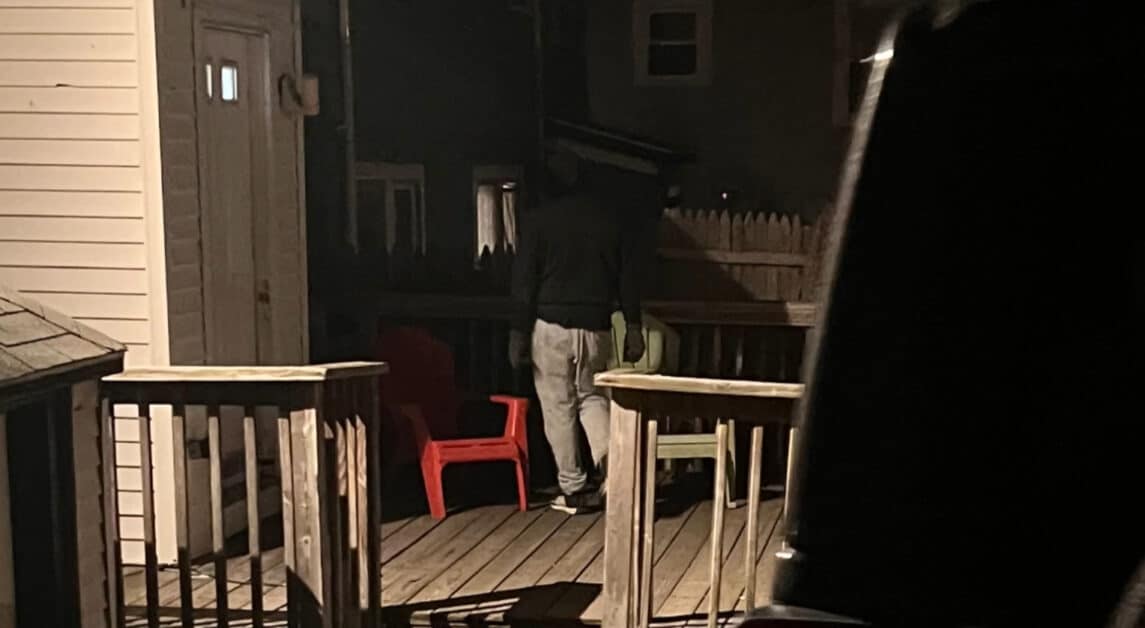Often the first responders to medical incidents involving alcohol consumption, Boston College EMS (BCEMS) volunteers consistently field the same question from patients and fellow students: “What will happen to me after an alcohol-related transport?”
To address confusion and increase transparency about the medical and conduct procedures with these types of incidents, BCEMS hosted a panel discussion Wednesday night featuring representatives from each of the major phases of the process—BCPD, BCEMS, the Office of Student Conduct, and the Office of Health Promotion.
While the panel, staged as part of National Collegiate EMS Week, was primarily intended to clarify processes for the general student body, many BCEMS EMTs were present to gain more information themselves, in order to then relay that information to those who come to them for answers.
Both BCPD patrol officer Dina Smith and Kristen DiBlasi, president of BCEMS and A&S ’15, emphasized that, as they evaluate a student at the scene of an incident, they will treat that student first and foremost as a patient, not a criminal.
DiBlasi said that the EMTs’ primary concerns and questions relate to how much a student has had to drink, when he or she started drinking, and when he or she stopped. This information, she said, is vital as the EMTs make the decide of where to transport the student: University Health Services or the hospital. In some cases, an individual could not appear severely intoxicated, yet if he or she consumed a high quantity of alcohol a relatively short time before, that would impact the transport decision.
“As much as it may seem silly for me to send a person who’s intoxicated, but hasn’t drank for an hour, to the infirmary, and a person who’s intoxicated, maybe a little bit less [so] but drank 10 shots 10 minutes ago, to the hospital, it’s because of a curve,” DiBlasi said. “I know the person who stopped an hour ago is on their way down, and the person who stopped 10 minutes ago is on their way up.”
DiBlasi also clarified that, if a student vomits from alcohol consumption, the standard procedure is to send that student to the hospital, as it is EMTs only concrete indicator before a student becoming unconscious that can determine his or her current condition.
Monica St. Louis, assistant dean for student conduct, outlined the difference between procedures for help-seeking and conduct incidents. She noted that, while incidents that invoked the help-seeking policy do not precipitate disciplinary sanctions, both types of incidents involve a conversation between the student and an administrator or Residential Life staff member, particularly if a student was transported to the hospital.
“I find that the majority of students who go to the hospital have a lot of feelings about that, from being scared to being embarrassed … it’s a lot to process,” St. Louis said. “That’s what we do with those students, we help them process that experience.”
She said that, because the University considers help-seeking incidents to be health and wellness matters, parents of students treated under the help-seeking policy are not automatically notified.
For a conduct incident, parents receive the same letter that students do outlining the basics of the situation. Following the update to BC’s alcohol and drug policy, which moved away from the previously used “matrix” of potential sanctions, St. Louis said that consequences for a conduct incident depend upon factors such as a student’s history and whether he or she has been involved in multiple similar incidents.
“Before, we were hitting hard on some of the smaller things, and not hitting harder on some of the repetitive behaviors,” St. Louis said. “We’re starting with a conversation, changing behavior, how to help help students make choices, especially in this environment.”
These same kinds of conversations still occur, she said, if a student who was transported is over 21 years old at the time of his or her incident.
Robyn Priest, the associate director of the Office of Health Promotion (OHP) who focuses on the alcohol and drug education program, said that the role of her office in these incidents also involves conversations and information about better decision-making and efforts at harm reduction. After going through an OHP program, she said many students are equipped to more safely handle their decision to drink, if they make that decision, with personalized goals and strategies, and they are motivated to avoid a repeat incident.
At the beginning of the event, Chris Karousatos, public relations co-coordinator for BCEMS and A&S ’16, shared the statistic that last year, 185 of the 295 calls BCEMS received were for possible intoxicated parties, and this year, the team has already received 103 alcohol-related calls. St. Louis suggested—and the rest of the panelists agreed—that the large number of home football games early in the semester, coupled with night games and nice weather on the weekends, may have contributed to this higher number of transports. The number of incidents invoking the help-seeking policy, she said, has also increased, though.
“It’s been working, and every year we have more and more, and about half of those are students calling for their friends,” St. Louis said.
Featured Image by Drew Hoo / Heights Staff


















